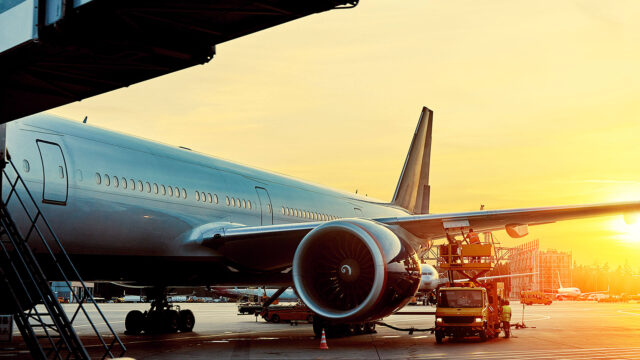What an upgrade of JKIA would mean to Kenyans
Despite being a key player in the aviation sector in East Africa, JKIA’s infrastructure has deteriorated considerably over the past 45 years and is unable to support the projected growth in passenger and cargo traffic.

Every so often, when airports in Africa are ranked, Jomo Kenyatta International Airport (JKIA) usually makes it among the best in the list of contenders.
JKIA is Africa’s premier hub and ideal gateway into and out of East and Central Africa, the airport boasts of over 40 passenger airlines and 25 cargo airlines.
Built in 1978, the airport is Kenya’s largest aviation facility and the busiest airport in East Africa. Its importance as an aviation centre makes it the pace-setter for other airports in the region.
Despite being a key player in the aviation sector in East Africa, JKIA’s infrastructure has deteriorated considerably over the past 45 years and is unable to support the projected growth in passenger and cargo traffic.
This situation is at odds with Nairobi’s status as the host of numerous multilateral, international, and regional headquarters, similar to those of cities such as Geneva, New York, and Rome.
According to the government, JKIA’s capacity of 7.5 million passengers a year was overstretched in 2023 when the airport handled over 8.6 million passengers, highlighting the urgency for infrastructural intervention.
As per its long-term master plan, the airport is 10 years behind its development schedule and lagging behind its regional competitors in terms of quality of infrastructure, innovation, and technology.
There have been numerous embarrassing incidents that have highlighted the need to upgrade the airport.
These include leaking roofs and power outages that have disrupted operations significantly.
In 2023, the airport had blackouts three times.
In addition, JKIA has inadequate aircraft parking bays, outdated passenger terminals and baggage handling systems, and long waiting times due to inefficient passenger and cargo processing.
Commercially, JKIA has limited shopping and dining options. It also has inadequate and modernised lounge facilities, which do not give the right ambience for travellers.
JKIA is a vital hub not just for Kenya, but the entire East Africa region.
Projections by Logistics Update Africa indicate that by 2055, JKIA is expected to cater to 33 million passengers and handle a million tonnes of cargo, a significant increase from the approximately 8 million passengers and 0.5 million tonnes of cargo in 2023.
This highlights the necessity for improved infrastructure, mainly the construction of a second runway at the Nairobi airport.
Two International Development Association (IDA)- funded projects—the Northern Corridor Transport Improvement Project (NCTIP) and the Kenya Transport Sector Support Project (KTSSP)—have contributed to improving air transport in Kenya.
The projects supported several activities, including the JKIA’s expansion and modernisation program implemented by the Kenya Airports Authority (KAA), the modernisation of the air navigation systems, and the building of the capacity of the Kenya Civil Aviation Authority (KCAA).
KCAA is the state corporation responsible for regulating the country’s aviation industry and providing air navigation services in the Kenyan airspace.
The construction of a modern terminal separating arriving and departing passengers has really boosted airport security and raised the airport’s annual capacity from 2.5 million to 7.5 million passengers.
The construction of the JKIA parking garage and grade parking boosted customer experience at the facility.
Upgrading Jomo Kenyatta International Airport (JKIA) in Kenya would have significant economic, infrastructural, and social impacts. Here is a breakdown;
1. Boost to Economic Growth
As one of the main gateways into Kenya, an upgraded airport would accommodate more flights, making it easier for tourists to visit. This would support the country’s tourism sector, a major contributor to GDP.
In the trade sector, JKIA is a hub for cargo transportation. Upgrading the airport could enhance logistics for exporting goods such as flowers, tea, and coffee, boosting Kenya’s international trade.
Improved airport infrastructure signals growth potential and stability, attracting foreign direct investment in various sectors such as real estate, hospitality, and manufacturing.
2. Enhanced Connectivity and Regional Hub Status
An upgraded JKIA would likely increase the number of flights and improve connectivity within Africa and internationally, establishing Kenya as a regional hub for air travel.
3. Enhanced Passenger Experience
An upgraded airport would likely improve amenities and services for passengers, such as faster processing times, more retail options, better lounges, and advanced security measures.
The upgrade will also see JKIA handle more passengers, reducing delays and overcrowding and improving overall efficiency.
Overall, upgrading JKIA would not only boost Kenya’s global standing but also have far-reaching benefits for the economy, employment, and the aviation industry.
